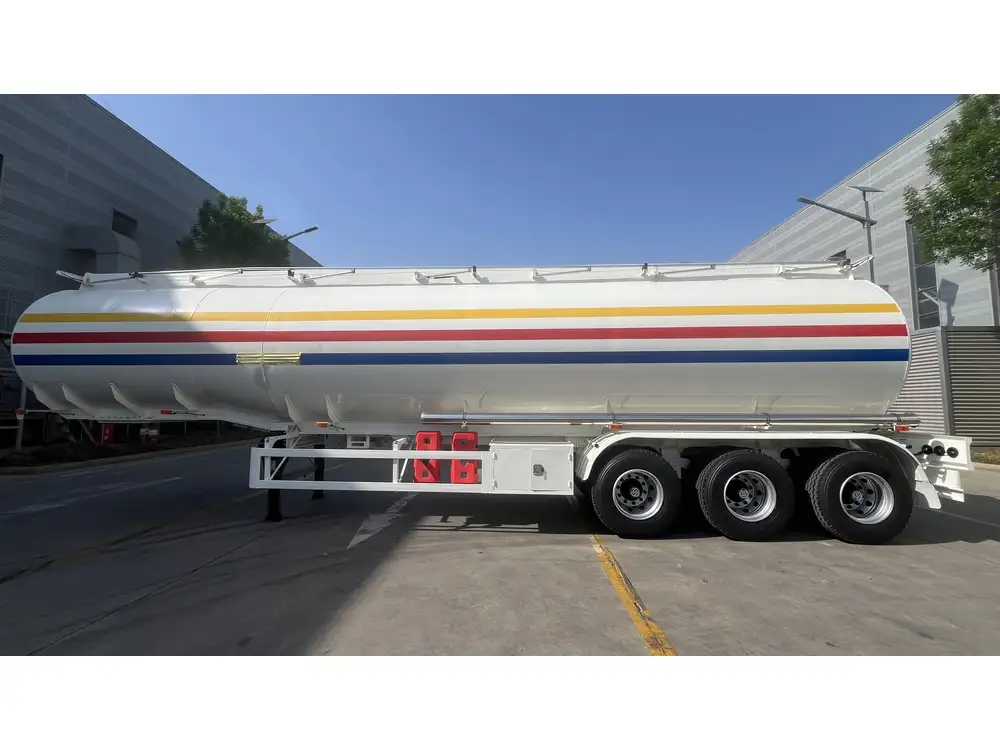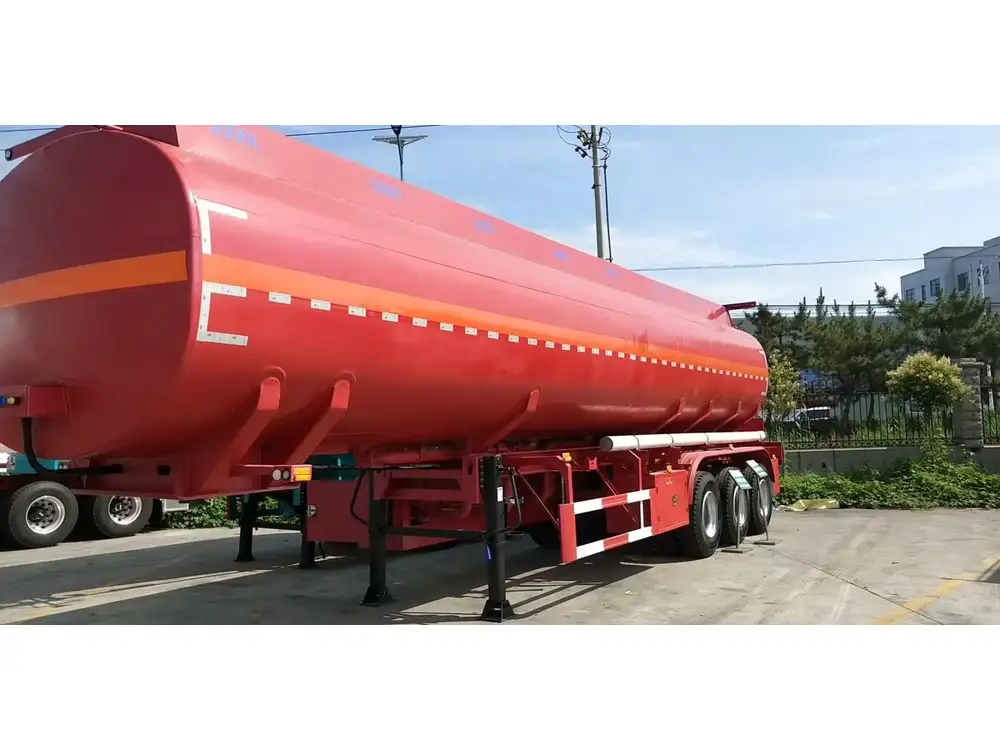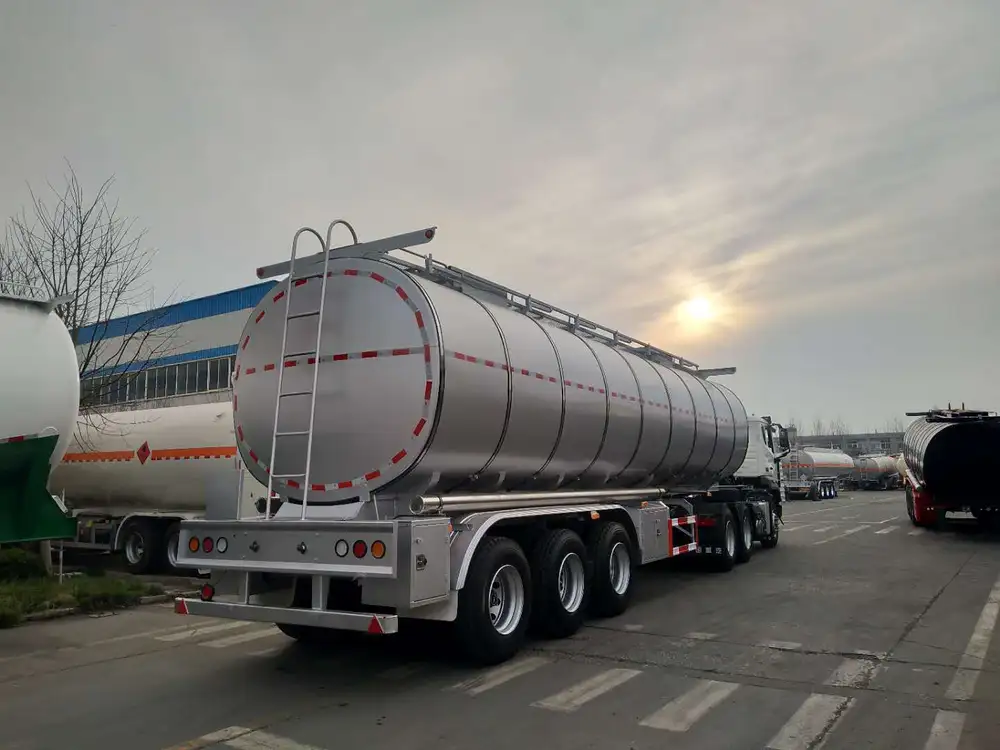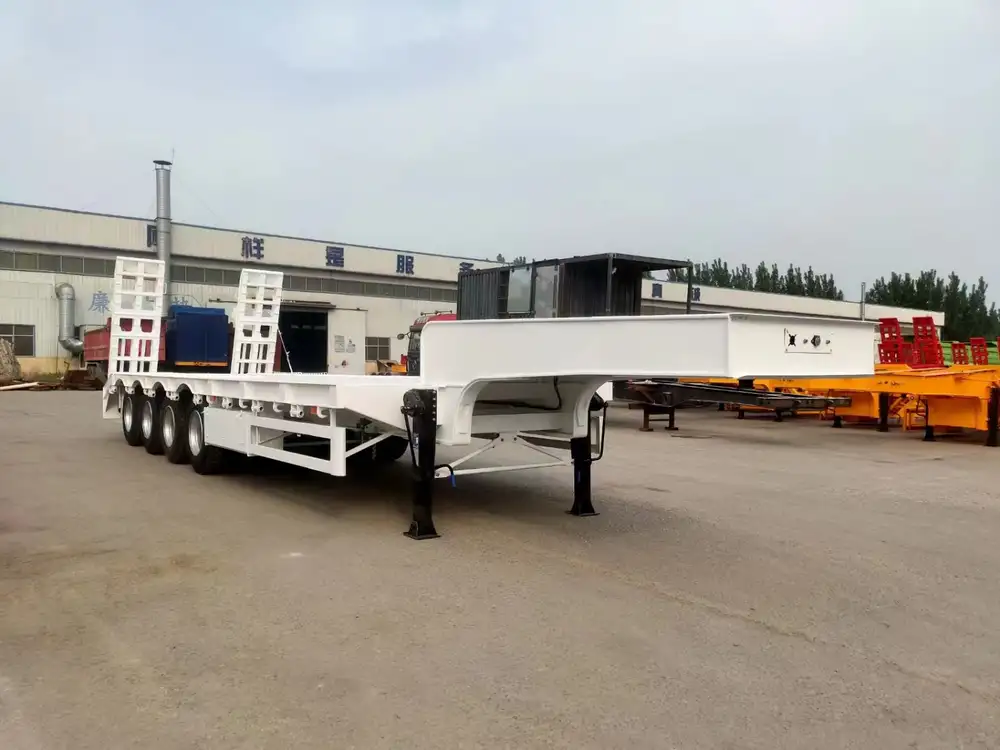When it comes to transportation logistics, the flatbed trailer stands out as a versatile and invaluable asset. Recognizing the standard width of flatbed trailers is crucial for manufacturers, operators, and logistics planners alike. This article delves deeply into the specifications, variations, and regulatory implications related to flatbed trailer widths, ensuring you have all the information you need to make informed decisions for your business.
What Is a Flatbed Trailer?
Flatbed trailers are an essential component of the freight transport industry. Unlike enclosed trailers, flatbeds offer the flexibility of loading and unloading goods from multiple angles. They are ideal for transporting oversized loads and construction materials due to their open design.
Types of Flatbed Trailers
Before we discuss the standard width, it’s useful to understand the various types of flatbed trailers, as their dimensions can differ significantly:
- Standard Flatbed: Typically ranges from 48 to 53 feet in length, with most standard models having a width of 8 feet (96 inches).
- Step Deck Trailers: Featuring a lower deck that improves vehicle height clearance, these often maintain a standard width of 8.5 feet (102 inches) for added facility.
- Lowboy Trailers: Designed for heavy and oversized equipment, lowboys usually have a width of around 8.5 feet (102 inches) as well.
Understanding these variations helps in determining the appropriate trailer for specific loads.

Standard Dimensions of Flatbed Trailers
The standard width for most flatbed trailers in the U.S. is 8 feet (96 inches), although there are exceptions based on the specific applications and local regulations. Here’s a detailed breakdown:
| Type of Trailer | Standard Width | Purpose |
|---|---|---|
| Standard Flatbed | 8 feet (96 in) | General freight transportation |
| Extended Flatbed | 8.5 feet (102 in) | Allows for wider loads |
| Step Deck | 8.5 feet (102 in) | Lowers the center of gravity |
| Lowboy | 8.5 feet (102 in) | Transporting heavy, oversized equipment |
Legal Width Considerations
It is essential to note that while 8 feet is the standard, states may vary in their regulations concerning allowable widths, particularly for specific types of loads. For instance, some states permit wider loads, necessitating special permits.
Over Dimensional Loads
For oversized loads, permits are typically required. These loads often exceed the standard dimensions and may require piloting vehicles or escort vehicles, especially on public roads. Each state has its limitations regarding width, frequently set at 8.5 feet (102 inches) without requiring an additional permit.

The Importance of Width for Operational Efficiency
Facilitating Loading and Unloading
A flatbed’s width influences how easily cargo can be loaded and unloaded. Wider trailers allow for more flexibility, particularly when dealing with larger loads or heavy equipment. Furthermore, they enable simultaneous loading operations, increasing productivity.
Providing Stability During Transit
Wider trailers provide better stability, especially when hauling heavy or oversized items. This stabilizing effect not only reduces the risk of tipping but also enhances overall safety during transit.

Complying with Road Regulations
Ensuring compliance with width regulations is not merely beneficial—it’s required by law. Non-compliance can lead to hefty fines, delays, and increased insurance costs. Understanding your local laws regarding trailer dimensions helps avoid legal hassles while optimizing transport efficiency.
Capacity Ratings and Their Relation to Width
The width of a flatbed trailer directly correlates with its load capacity:
- Standard Width (8 feet): Generally, accommodates a maximum payload of up to 48,000 lbs—perfect for typical freight.
- Wider Models (8.5 feet): Advantageous for hauling substantially heavier and broader loads, as they can often accommodate up to 60,000 lbs, depending on the axle configurations.
Payload Distribution
Understanding weight distribution is vital, as improperly loaded trailers can cause undue stress on tires and suspension systems. Ensuring even weight distribution across the width of the trailer is a foundational aspect of safe towing practices.

How to Select the Right Flatbed Width for Your Needs
Consider Your Cargo Type
Selecting the appropriate trailer width necessitates consideration of the cargo you plan to transport. Standard clearances are required for various freight types, including:
- Construction Materials: Typically, these loads can be bulky; hence, a standard width is usually sufficient.
- Machinery and Equipment: Oversized equipment may require wider trailers with appropriate permits to ensure safe transport.
Analyze Transport Routes
When choosing a trailer, consider the routes your operations will take:
- Urban Areas: Streets might be narrower, making standard-width trailers more practical.
- Rural Routes: They may allow for wider trailers due to less congested roadways.

Assess State Regulations
Research local laws that dictate trailer widths and potential exceptions for oversized or specialized loads. Some states have specific licensing requirements that may affect the choice of trailer width.
Common Questions Regarding Flatbed Trailer Widths
What Happens If My Load Exceeds the Standard Width?
If your load exceeds the standard width, you must obtain an oversized load permit. Specific requirements and allowances may differ by state or municipality. The permit process can include additional fees and may require a designated escort for exceptionally wide loads.

Can I Transport Multiple Smaller Items on a Standard Flatbed Trailer?
Yes, you can transport multiple smaller items on a flatbed. Efficient loading and strapping down materials help utilize trailer width effectively while maintaining safety.
Does the Width Affect Towing Methods and Equipment?
Indeed, the width of your trailer impacts the choice of towing equipment and vehicles. Wider trailers may require specialized vehicles to ensure adequate power and stability for proper towing.
Conclusion
Understanding the standard width of flatbed trailers is essential for efficient freight transportation. The typical width of 8 feet (96 inches) accommodates most loads but recognizing the existence of wider options is crucial for transporting oversized items. By considering the various factors outlined—cargo type, transport routes, and state regulations—operators can maximize their efficiency and safety while complying with legal standards.
By staying informed and adhering to safety and regulatory guidelines, companies can optimize their flatbed operations, drive profitability, and sustain the resilience required in today’s competitive logistics environment.



